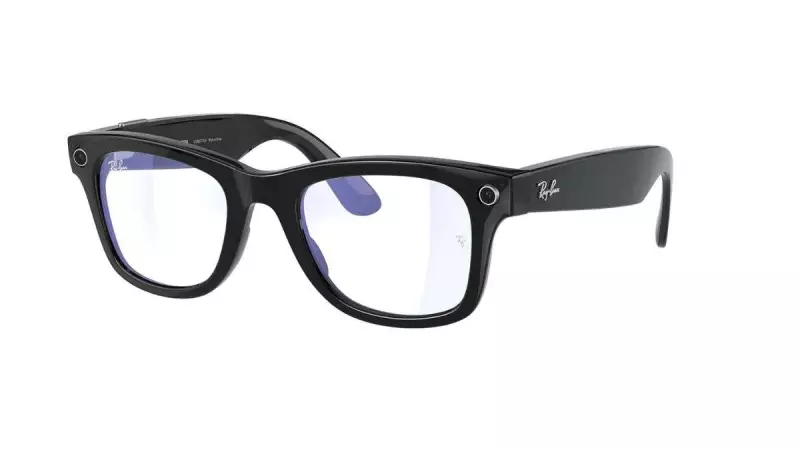
The wearable technology landscape is about to witness a monumental shift as Samsung prepares to enter the smart glasses arena with groundbreaking AI-powered eyewear. In a strategic move that positions them against Meta's popular Ray-Ban smart glasses, Samsung has partnered with tech giant Google to leverage their Android XR platform.
The Next Generation of Wearable Technology
Samsung's upcoming smart glasses represent a significant leap forward in augmented reality and artificial intelligence integration. Built on Google's sophisticated Android XR platform, these glasses promise to deliver an immersive experience that seamlessly blends digital content with the real world.
The timing of this announcement couldn't be more strategic. With Meta already establishing a foothold in the smart glasses market through its collaboration with Ray-Ban, Samsung's entry signals the beginning of a new competitive era in wearable technology.
Google's Android XR: The Power Behind the Glasses
What sets Samsung's offering apart is its foundation on Google's Android XR platform. This cutting-edge technology provides a robust framework for extended reality experiences, enabling sophisticated AI capabilities that could potentially outperform existing solutions in the market.
The collaboration between Samsung and Google brings together hardware expertise from one of the world's leading smartphone manufacturers and software innovation from the company that powers most of the world's mobile devices. This powerful combination suggests we might see features that redefine what smart glasses can accomplish.
The Battle for Your Face Heats Up
Meta's Ray-Ban smart glasses have already demonstrated there's substantial consumer interest in fashionable, functional smart eyewear. Samsung's entry into this space indicates that major tech companies see smart glasses as the next frontier in personal computing.
Industry analysts predict that Samsung's glasses will likely incorporate advanced AI assistants, real-time translation capabilities, enhanced photography features, and seamless integration with the broader Samsung and Google ecosystems. These features could give them a competitive edge in the rapidly evolving wearable market.
What This Means for Consumers
For technology enthusiasts and early adopters, this development signals exciting times ahead. Increased competition typically leads to faster innovation, better features, and more competitive pricing. Consumers can expect:
- More advanced AI capabilities in wearable devices
- Improved design and comfort options
- Enhanced integration with existing devices and services
- Potential price adjustments as competition intensifies
While specific details about features, pricing, and availability remain under wraps, the tech community is buzzing with anticipation. The 2025 launch timeline gives both companies ample time to refine their offerings and potentially introduce groundbreaking features that could shape the future of how we interact with technology.
As we approach the expected launch window, all eyes will be on how Samsung's Google-powered AI glasses stack up against Meta's established offering in what promises to be one of the most exciting tech battles of 2025.





